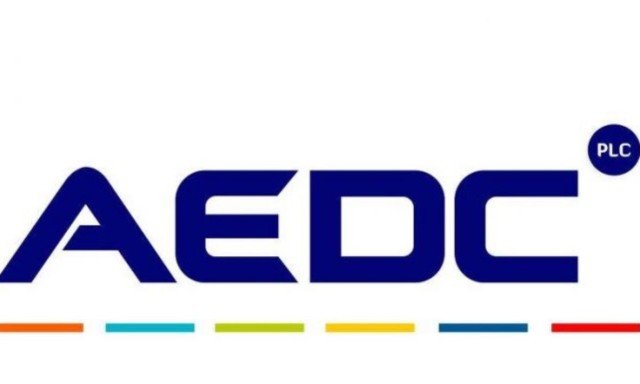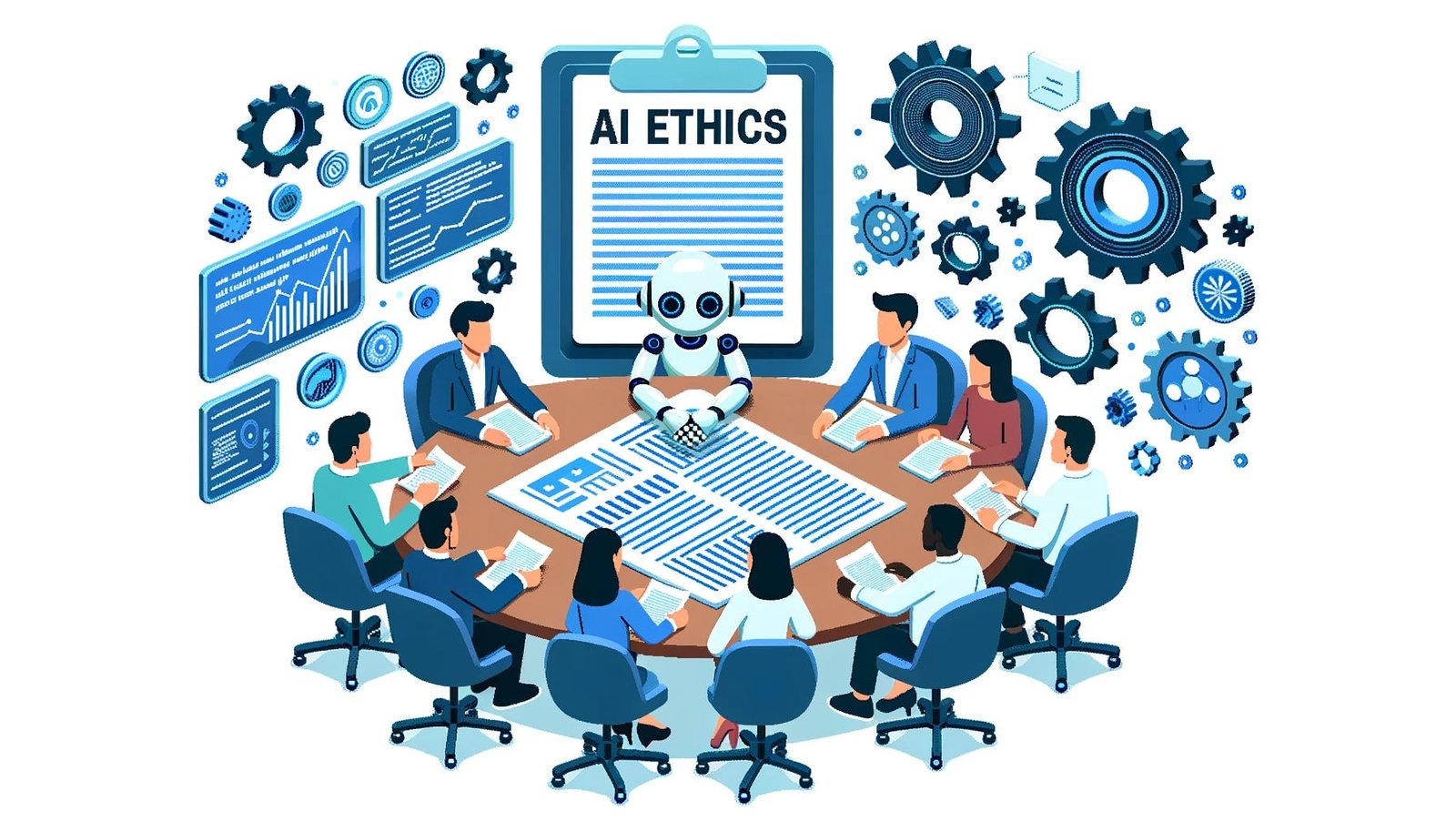The New York Times has taken legal action against OpenAI and Microsoft, claiming copyright infringement, in a ground-breaking decision.
The esteemed media organization alleges that ChatGPT, an Artificial Intelligence tool created by OpenAI, was trained using its published works without permission.
This is the first time that a significant American media company has sued the makers of well-known AI systems due to copyright issues.
This article aims to shed more light on this development.
Protecting Intellectual Property In The Age of AI: The Demands of the Lawsuit
The case, which was filed in Manhattan’s Federal District Court, claims that automated chatbots were trained on millions of articles published by The Times, putting the journalistic organization squarely in the path of competition.
The complaint demands “billions of dollars in statutory and actual damages” for the alleged “unlawful copying and use of The Times’s uniquely valuable works,” however the precise amount of damages is not stated.
The Times also demands that any chatbot models and training data made with copyrighted content from the publication be destroyed.
Unpaid Intellectual Property Usage
The Times’s accusations draw attention to how AI systems are using its intellectual property without paying for it. Microsoft and OpenAI are accused of using The Times’s content without paying for it to develop solutions that might potentially draw readers away from the newspaper while also serving as a substitute.
The lawsuit highlights how important it is to hold people accountable and provide just compensation when important journalistic work is used without permission.
Ineffective Talks and Deadlock
The Times tried to resolve issues with the usage of its intellectual property by negotiating with Microsoft and OpenAI before taking legal action.
The goal of these April-started talks was to reach a peaceful conclusion through possible business cooperation and the establishment of “technological barriers” around generative AI products.
Regretfully, the negotiations came to a standstill, prompting The Times to file a lawsuit.
AI’s Competition with News Platforms
The Times’s lawsuit highlights the importance of AI systems, such as ChatGPT, as possible competitors in the journalism industry, in addition to safeguarding intellectual property.
Chatbots can provide answers to queries on newsworthy subjects or current affairs by drawing from The Times’s historical journalism.
The worry expressed is that consumers would find gratification in chatbot responses, which would influence advertising and subscription revenue and decrease online traffic to The Times’s website.
The lawsuit references incidents in which customers were given nearly exact quotes from Times articles—which usually require a paid subscription—by chatbots.
It states that because of the material’s perceived accuracy and dependability, Microsoft and OpenAI highlighted using Times articles in particular while training their artificial intelligence programs.
Protecting Intellectual Property In The Age of AI: Handling AI and Copyright Intersection
Finally, the legal action taken by The New York Times against Microsoft and OpenAI illustrates the complex connection between copyright protection and artificial intelligence.
The increasing accuracy of AI systems raises concerns about equitable salaries, intellectual property rights, and possible effects on traditional media channels.
The verdict in this case will probably establish a standard for future dealings between media companies and AI developers, influencing the intellectual property environment in the AI era.
Finding a balance between innovation and upholding established rights is still a critical task for all parties concerned as technology develops.






